Presentation of our work in Glasgow
Marion presented our study on vowel production by young adults with Down Syndrome (DS) at the International Congress of Phonetic Sciences (ICPhS - http://www.icphs2015.info) held in Glasgow, Scotland last August (10-14). ICPhS is an international conference which takes place every four years and bring together researchers working on phonetics. This year more than 900 people participated for approximately 500 studies presented.
You can find a description of the work we presented here ici. The article published in the conference proceedings is available here. Our presentation went really well and several people were enthusiastic about the study and its preliminary results.
Note that only three studies among about 500, including ours, dealt with the speech of people with DS. Only ours dealt with adults.
A first study on DS was entitled "Spatial & temporal variability of sibilants in children with Down’s syndrome". It was conducted by Claire Timmins and Sara Wood from Strathclyde University and Queen Margaret University, UK (see also the following post on this website presenting another study by the same authors on the use of electropalatography in speech therapy). The article published in the conference proceedings is available here. The study examined the production of fricative consonants ’s’ and ‘ch’ in 25 children with DS using measures collected using electropalatography (technique measuring the contact between the tongue and the palate). The authors compared the productions of the children with DS with those of 10 children matched on cognitive age. The results show more spatial and temporal variability in the productions of ’s’ and ‘ch’ by children with DS reinforcing the idea that speech difficulties are linked to motor control impairments in DS.
The second study on DS was entitled "Emergence of the vowel space in very young children with Down syndrome: An exploratory case study ». It was conducted by Nicole Whitworth and Monica Bray from Leeds Beckett University, UK. The article published in the conference proceedings is available here. The study analyzed vowel productions of a female child with DS at three time points from 1 to 3;8 years of age. The authors examined the vowel spaces (see the following following on this website for more details on vowel spaces) and found a different evolutive pattern than in typical development. An explanation in the framework of the DIVA model os speech acquisition is also provided.
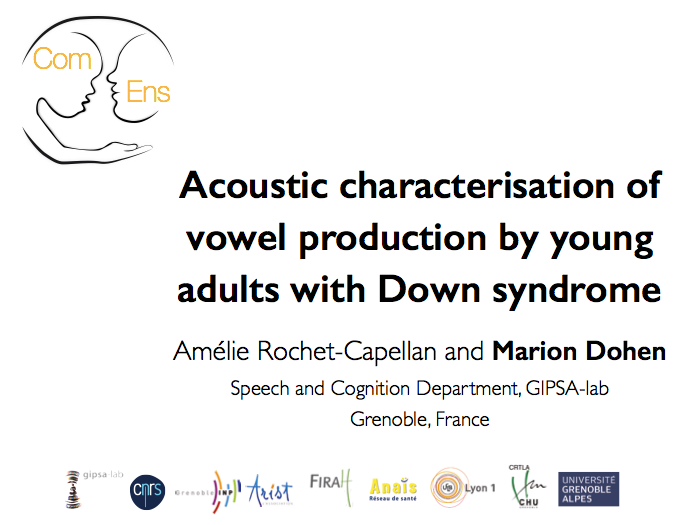
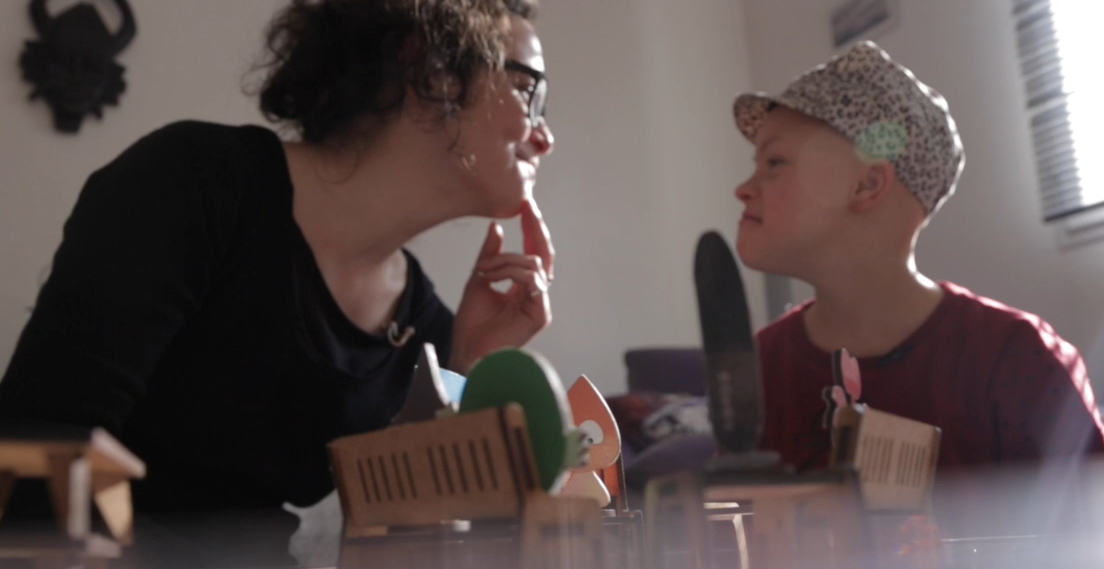
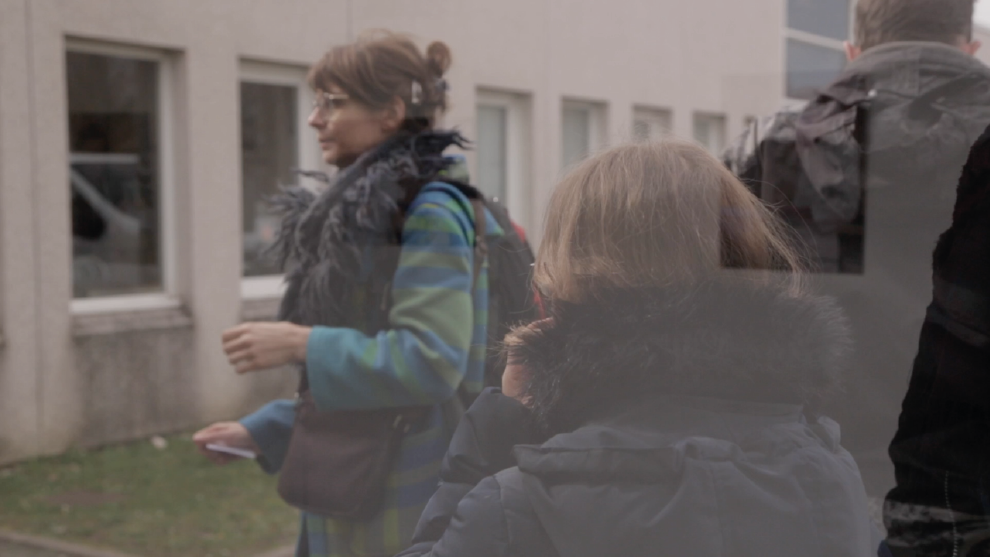
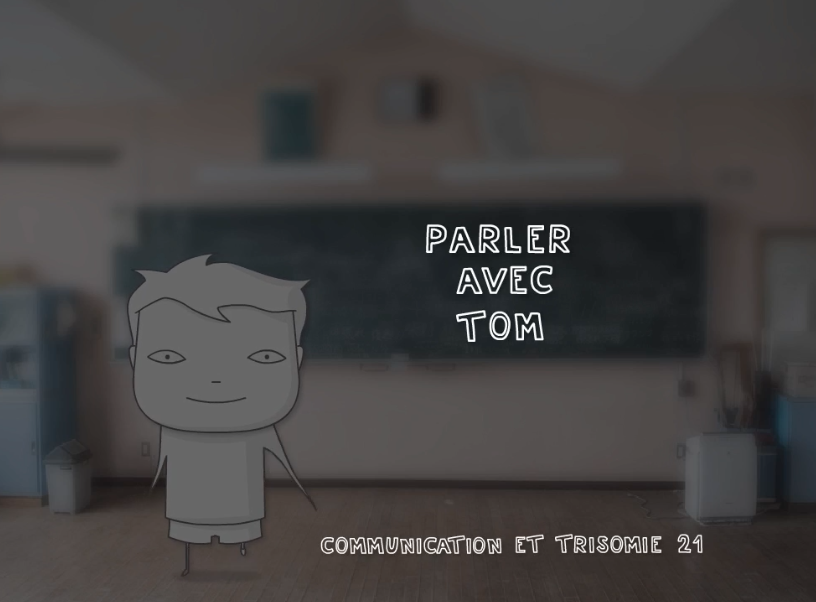




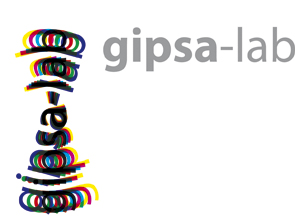



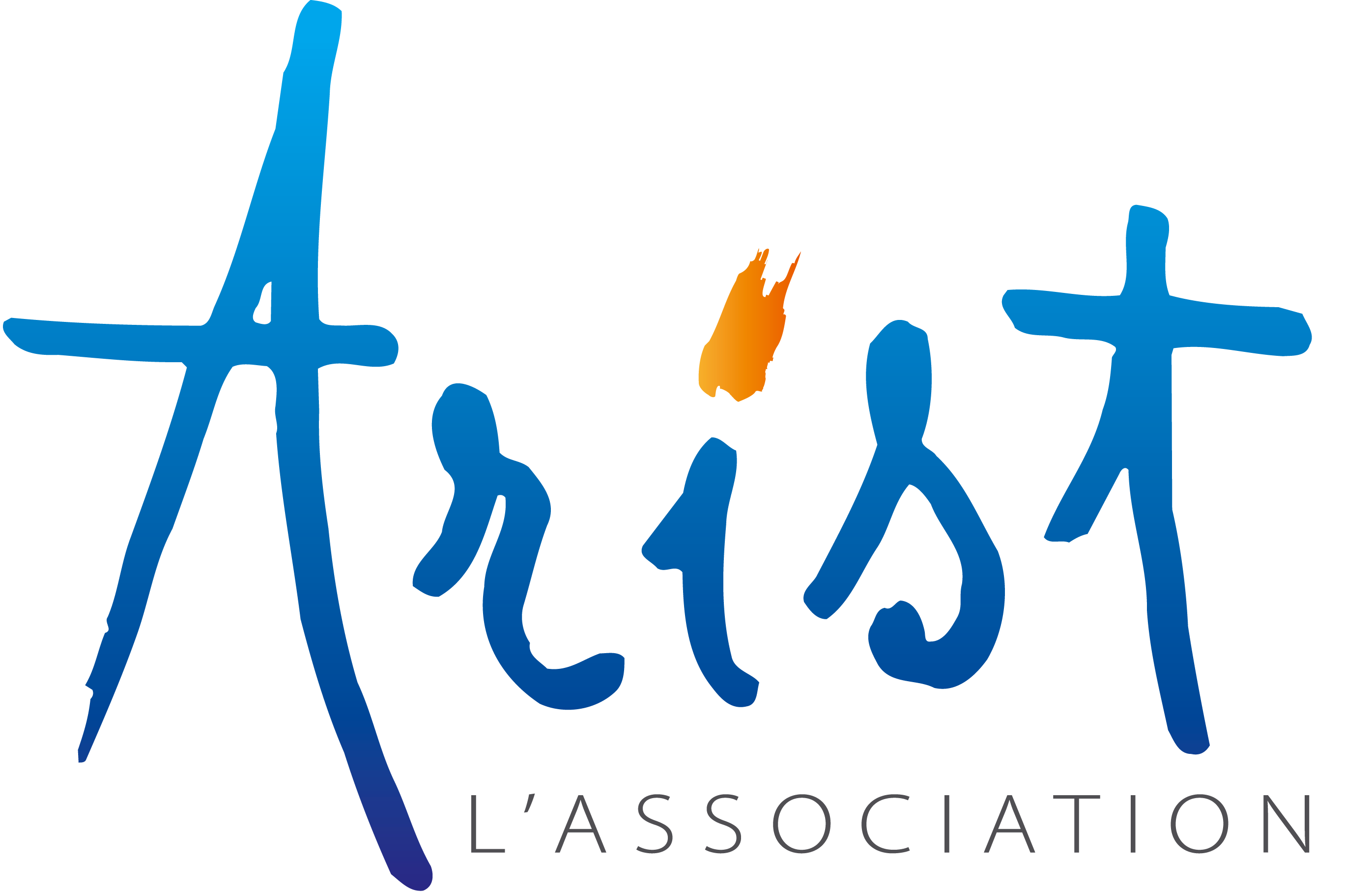
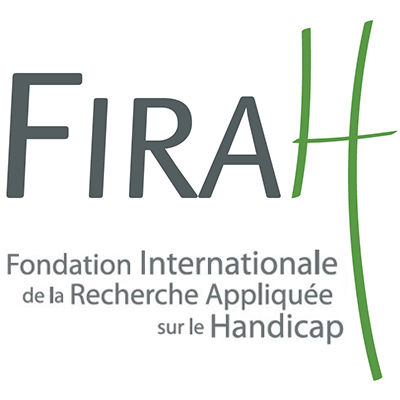



No linked comment